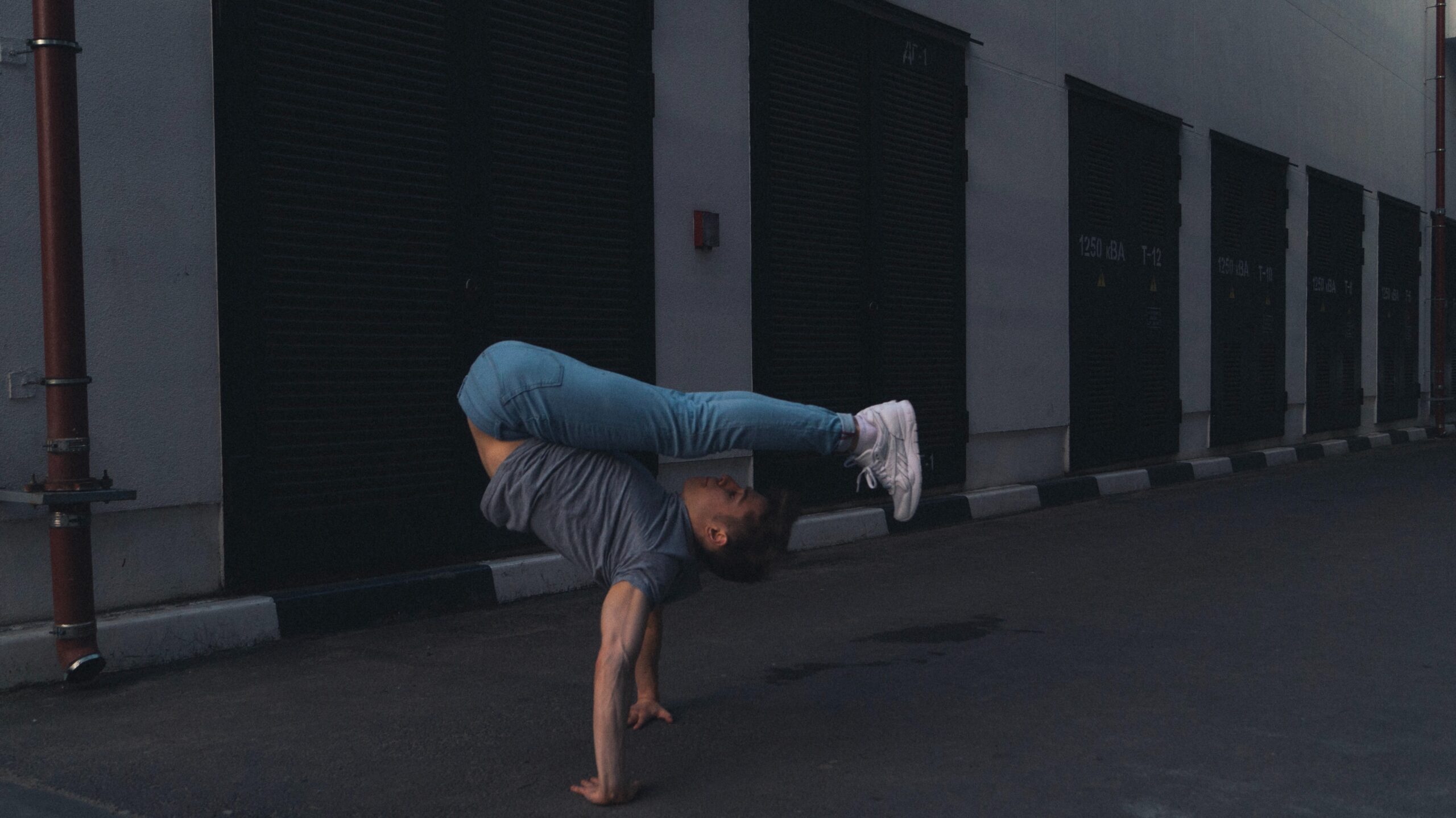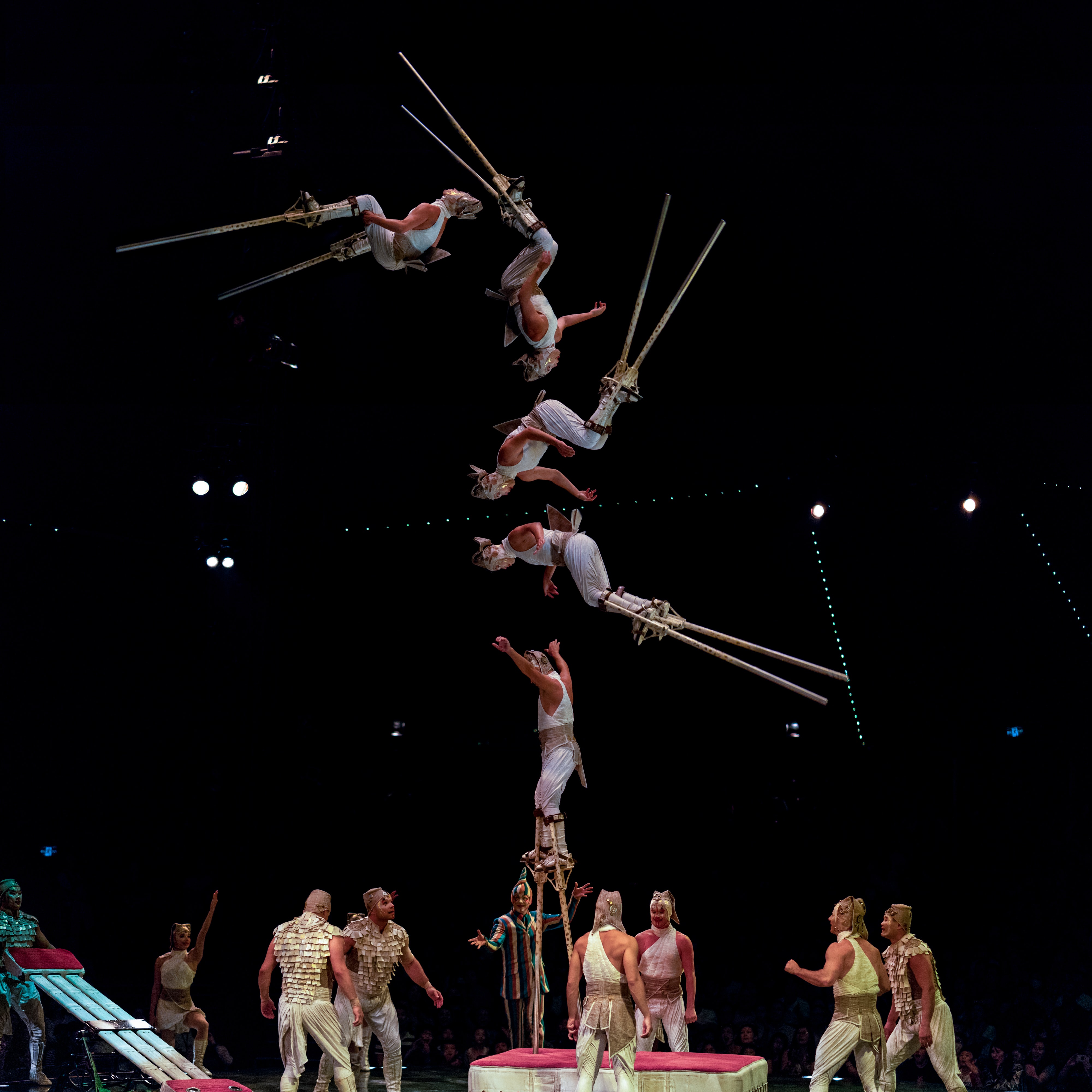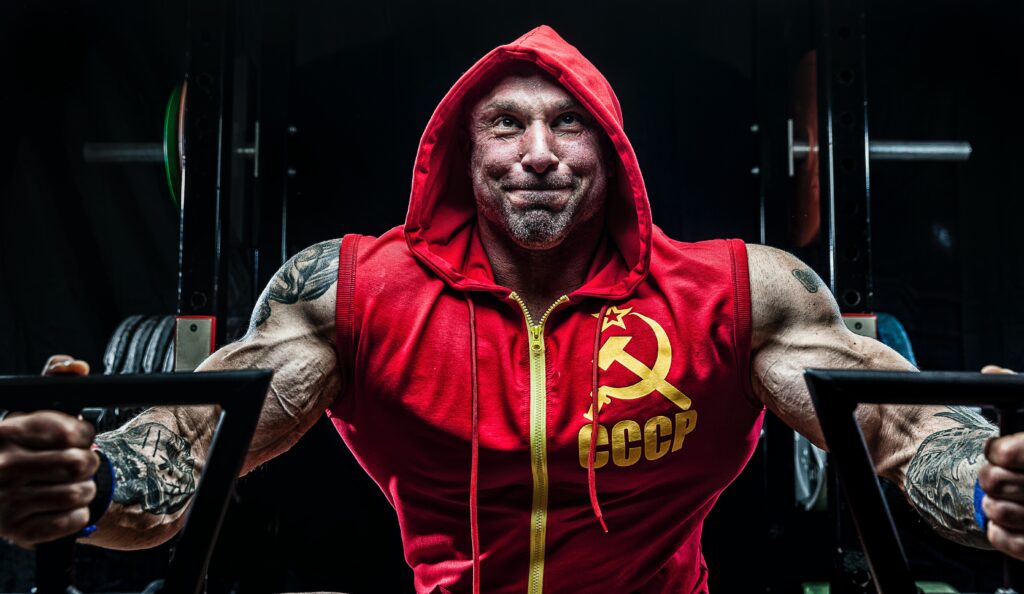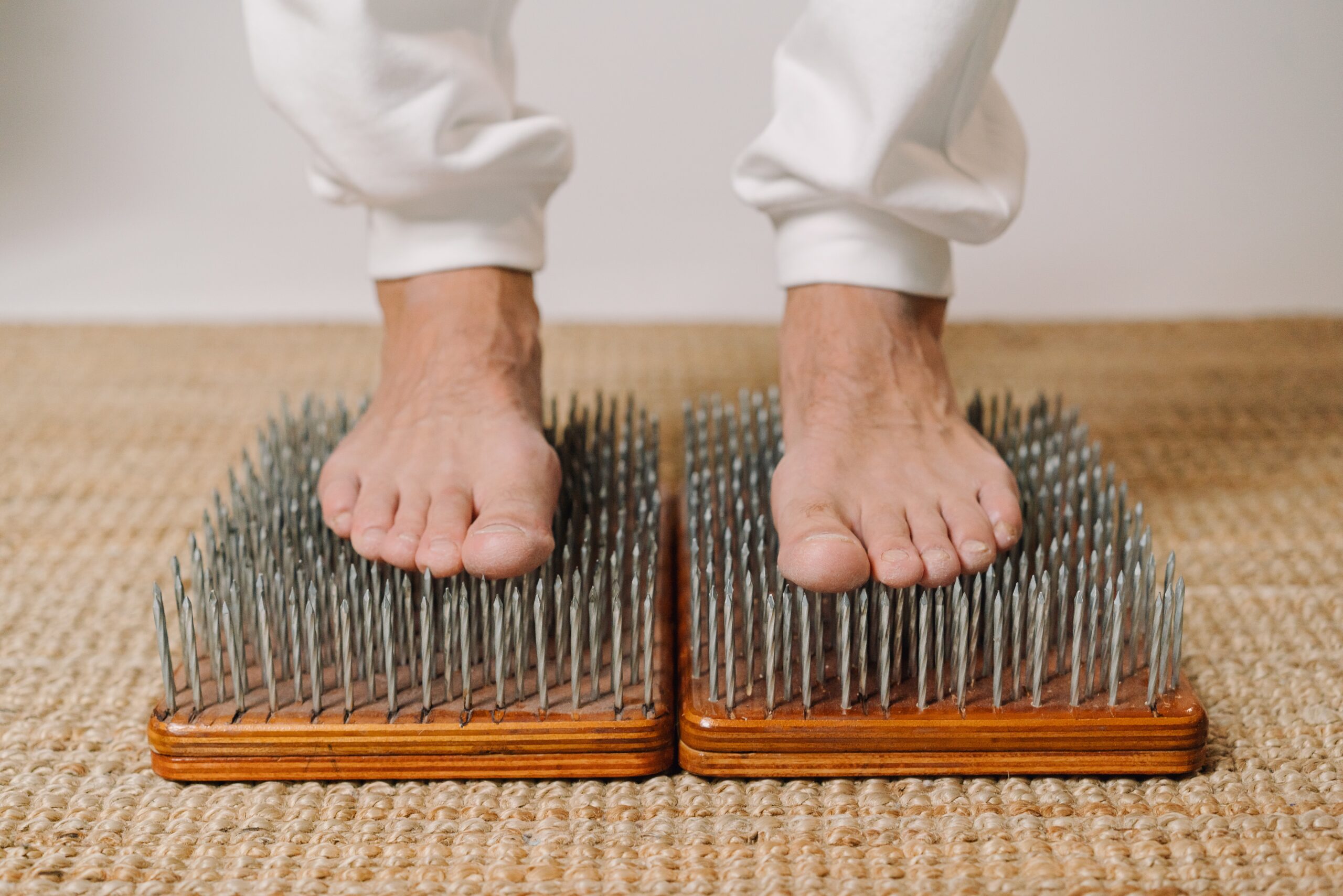
What in the hell is functional fitness? Is it olympic lifting combined with mountain biking? Is it interval training done in conjunction with yoga? Or is it handstand walking underwater with a dumbbell strapped to your neck?

I’m gonna go out on a limb and make the claim that nothing in 2021 causes more confusion than the concept of functional training (with the exceptions being BitCoin investing, or whether hugs and handshakes are still okay). That’s because the entire fad of functional fitness is based around exercises rather than principles. See for yourself: Google the term and you’ll be met with hundreds of examples of exercises – deadlifts, burpees, pull ups, and the like. What you won’t find are clearly defined explanations of what the concept of functional fitness truly entails.
Thankfully, I’ve been studying this weird fitness fad for almost a decade now and can tell you, dear reader, exactly what functional fitness is, why you need it, and how to do it. So here we go…
Functional fitness is…
TARGETED TRAINING AIMED AT IMPROVING A SPECIFIC FUNCTION. It’s that simple. So if you want to be as jacked as possible, bodybuilding is functional training. If you want to be stretchy and have the ability to chill out on demand, yoga is functional training. If you want to be a slob, then drinking Budweiser while playing Call of Duty is functional training.
For me, functional training involves becoming as resilient as possible, living pain-free, improving athleticism, and cultivating more physical, mental, and emotional awareness as a whole. I curate every detail of my training based on those goals.
Now of course, my goals might not be the same as your goals, which is why below I’ve included some common goals or “functions” that you might want to train for, and how you can get there through proper (wait for it…) functional training [ooooooooh, he said it!]
#1 – Muscle gain.
The way to functionally train for hypertrophy is to prioritize multi-joint lifts. Over time you should aim to continuously push out higher volumes of work and lift progressively heavier loads. On the side you can play around with other (less important) muscle building strategies like focusing on eccentrics or utilizing blood flow restriction training. On the lifestyle side of things, consistently eat more calories than you burn, aim to consume 2.0g/kg of bodyweight of protein each day, and sleep 7-9 hours every night. Super functional, bro.

#2 – Strength and power.
The way to become a walking, breathing powerhouse is to train through the entire force-velocity curve. In other words, block out a few weeks to move really, really heavy objects – lift yourself into greater levels of strength. Then block out a few weeks to move moderately heavy objects at slightly higher speeds. Then block out a few weeks to move your body in as fast of a manner as possible – sprint, change direction, and jump your way to greater explosiveness.
#3 – Fat loss.
Train frequently, but in ways that don’t cause the release of chronic stress hormones; weight training, interval training, and generally being more active throughout the day are your best bets. On the lifestyle side of things, consistently eat less calories than you burn, prioritize fruits, veg, and protein to ensure that you’re not malnourished, and sleep 7-9 hours every night. Also, if you value your sanity, don’t habitually check the scale.
#4 – Pain management.
The path to achieving pain-free performance is a long and windy one, but here are some general guidelines: Move better by improving motor control and synchronization. Engage in movements and physical activities that are novel to you. Learn how to reflexively stabilize your joints. Stop (for the time being) activities that hurt. Improve your mobility. Learn how to relax. Develop better body awareness.

#5 – Athleticism.
Do EVERYTHING listed above (except fat loss if you’re already at an athletic body fat percentage), and then PLAY. A lot. Go on.
Forget what Google, YouTube, or Instagram tells you. Functional training is any type of training aimed at improving a specific function. Now… I know that you know that I know how to get you to your goals through functional training. I’d love to help you look, feel, and perform at your best, so if you’re ready to start training, reach out and we’ll come up with a perfectly tailored training plan for you, together 🙂
Pat Koo
BKin, CSCS



